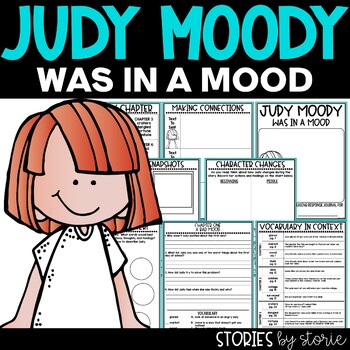


I often have a character act impulsively and deal with the emotional fallout later (younger characters especially). If the answer you write down at the end of the scene is the same note you made at the opening, you now have another important question to ask: Why is this scene in my script?įrom experience (and experimenting) I agree with McKee: the change of emotional state is more powerful to the reader than descriptions of extreme empathy.Įvery character has some emotional reaction when they change one of their values, but those emotions aren't always the true story. Next turn to the close of the scene and ask, Where is this value now? Positive? Negative? Both? Make a note and compare. Look closely at each scene you’ve written and ask: What value is at stake in my character’s life at this moment? Love? Truth? What? How is that value charged at the top of the scene? Positive? Negative? Some of both? Make a note. I also try to "zoom in" on the moment when their emotional state changes, the moment Robert McKee calls a character's turn: Change of emotions is narratively stronger than conveying a single emotion. Some characters and stories are more about the internal state than others. This will be different depending on your style, POV, and genre. My scene will lean sympathy towards the character who has the most stakes at that moment, but I'm generally trying to get the reader to see multiple sides to an issue through multiple characters. My issue with feeling what my character feels times 11 is that I usually have 2 or more characters in a scene who have different motives, potentially different emotional states, and they aren't always revealing their emotions honestly. It helps me imagine what their limits would be when sharing their feelings with other characters. It's not quite the same as you are asking, but it does help me get to what a character wants (their desire vs their need) and how they see their own path to get there. For one thing, that would be extremely limiting. It isn't and cannot be about making yourself physically go through what your character is going through. It's when you're calm and focused that you can write about your character's concern. If you've ever been worried, you know it's hard to focus on anything, least of all writing, while you're worried. The same is true of other strong emotions, and even not so strong ones. It helps if you have ever in your life experienced something similar, so you have a reference point.īut writing in that moment? If your character is in excruciating pain, does it make sense to cause yourself excruciating pain, and then try to write? Quite aside from the fact that this would be unhealthy in the extreme, writing well while you are experiencing excruciating pain would be nigh impossible.

You need to put yourself in the character's shoes, imagine how he feels, write that, try to evoke emotions in the reader. It is not important, unnecessary, and in fact utterly impossible.


 0 kommentar(er)
0 kommentar(er)
